In the perspective of future times, there is an imperative need to integrate the naturalistic aspect within the design idealization of architecture. Artificial intelligence holds immense potential to revolutionize bioarchitecture by facilitating the creation of structures that integrate with the natural world while meeting human needs. The traditional approach, in which artificial constructions impose themselves impetuously on the surrounding nature, is no longer sustainable, the time has come when mankind must be willing to make sacrifices in terms of comfort in order to achieve social gratification, paving the way for an architecture in symbiosis with the environment.
Architecture can no longer be conceived as a structure extraneous to nature; on the contrary, it must become a harmonious element that merges with the surrounding landscape. The vision of construction as a collaborative process with nature requires a redefinition of current paradigms, in which rocks and mountainous landscapes are no longer obstacles to be overcome, but rather faithful partners in everyday human life.

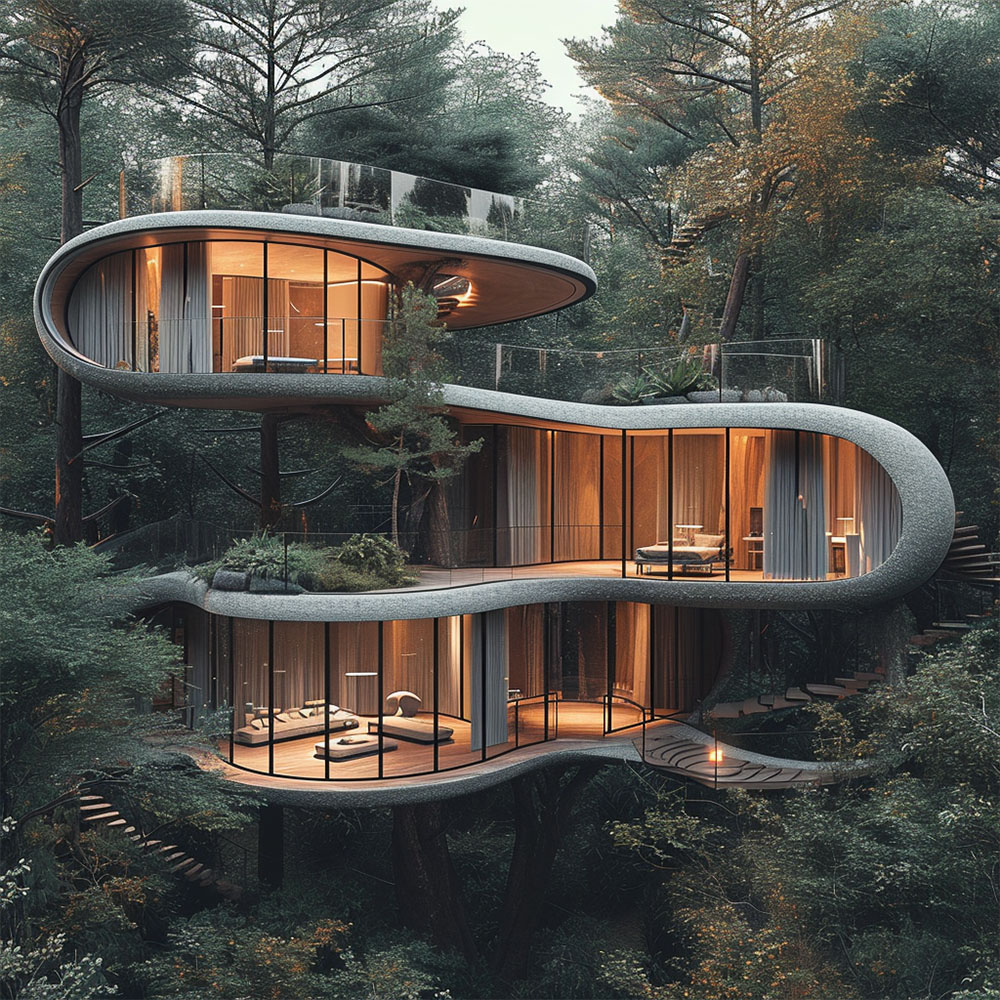
At a time when technological advancement is proceeding at an accelerated pace, there is a significant gap between technological progress and the human capacity to conceive and formulate ideas that meet the needs of the present and the challenges of the future. This disparity is reflected in the housing sphere, where the fastgrowing city turns into an agglomeration of concrete, technology cables and pixels. The urban frenzy is in danger of making us forget that beyond concrete houses, there is a natural world pulsating with life.
Meeting this challenge requires serious reflection and a formal commitment to a change of perspective. It is imperative to view architecture as an agent of positive transformation, capable of coexisting harmoniously with nature, recognizing that the pursuit of progress should not be at the expense of environmental balance and the quality of human life. Only through a responsible and sustainable approach, in which architecture embraces naturalism as its main inspiration, can we hope to shape a future in which the coexistence between humanity and its environment is characterized by symbiosis rather than discord.

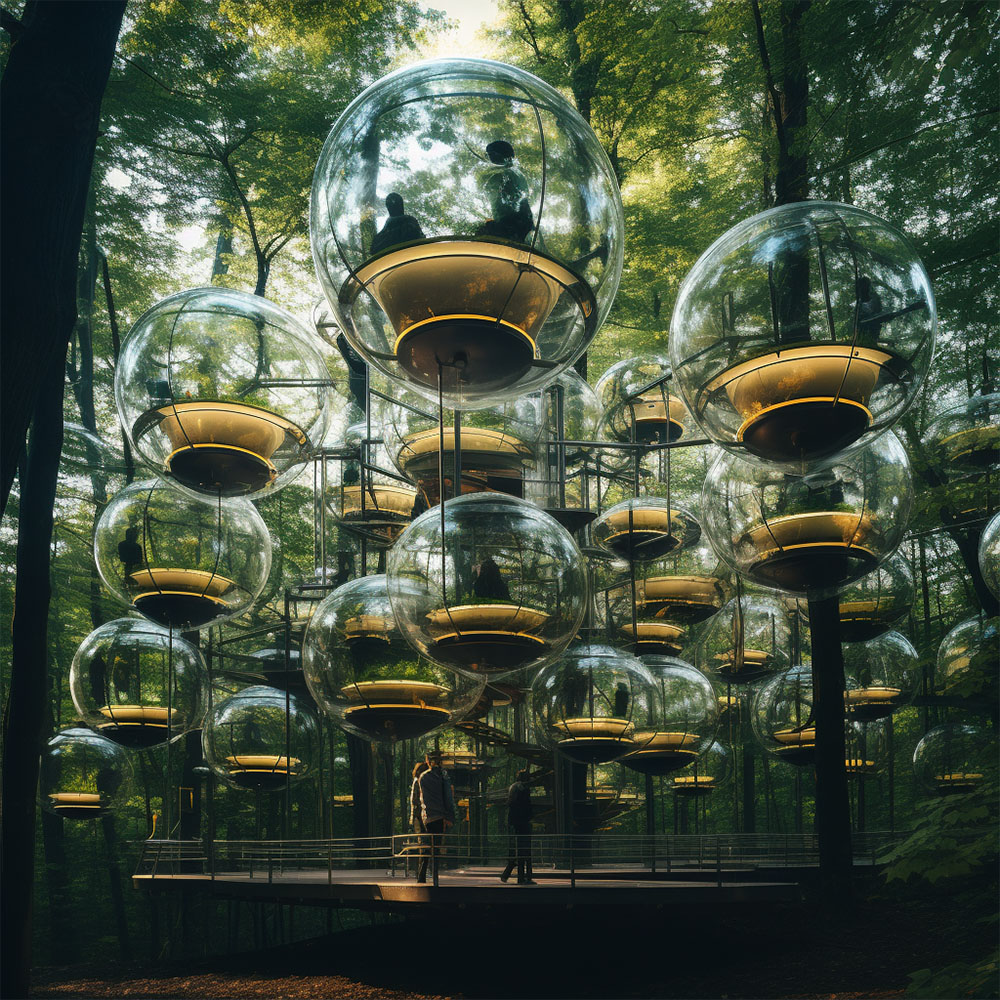
Observation of contemporary experiments highlights the presence of buildings that act as ‘vertical forests’ in the city, which, however, raises the question of whether this is the true essence of living with nature. Bringing nature into the city, although commendable, raises questions about the definition of authentic living together. My perspective of living with nature implies a perfect marriage between the natural environment and human needs, suggesting that it is the city that should adapt in naturalistic contexts rather than the other way around. AI can be used to design innovative solutions for managing and developing more resilient urban and domestic environments. The architecture of the future must embrace this advanced technology responsibly, using it to enhance our relationship with nature rather than replace it.
The move towards more sustainable architecture will certainly require sacrifices, but these will be an investment in our collective future, ecological balance, and quality of life for generations to come. The time has come to take up seriously and with commitment the challenge of creating architectural spaces that respect and enhance the beauty of nature, thus contributing to building a future in which the coexistence between humanity and its environment is a model of harmony and sustainability.\
*All visuals generated by Alessandro Peritore.




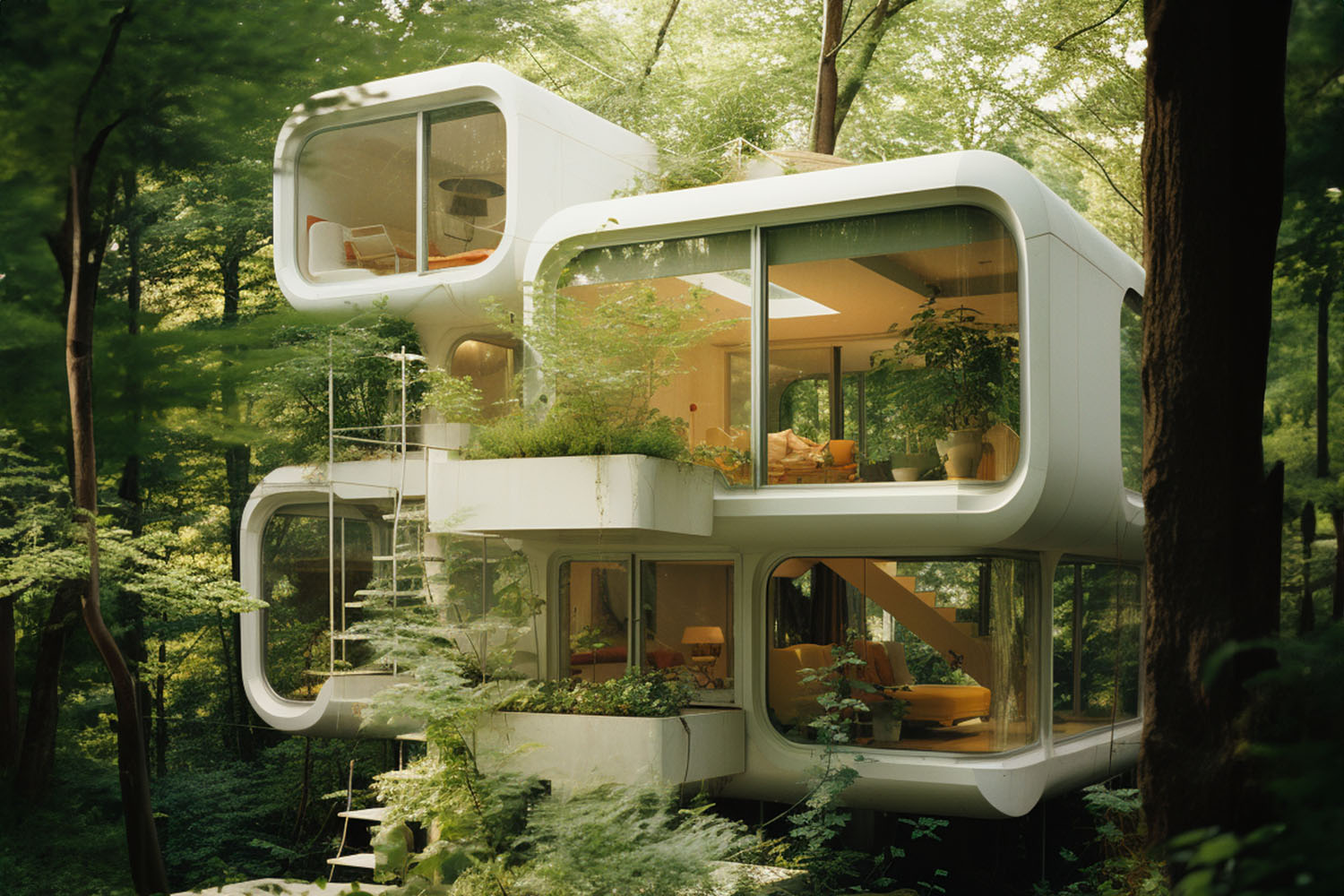
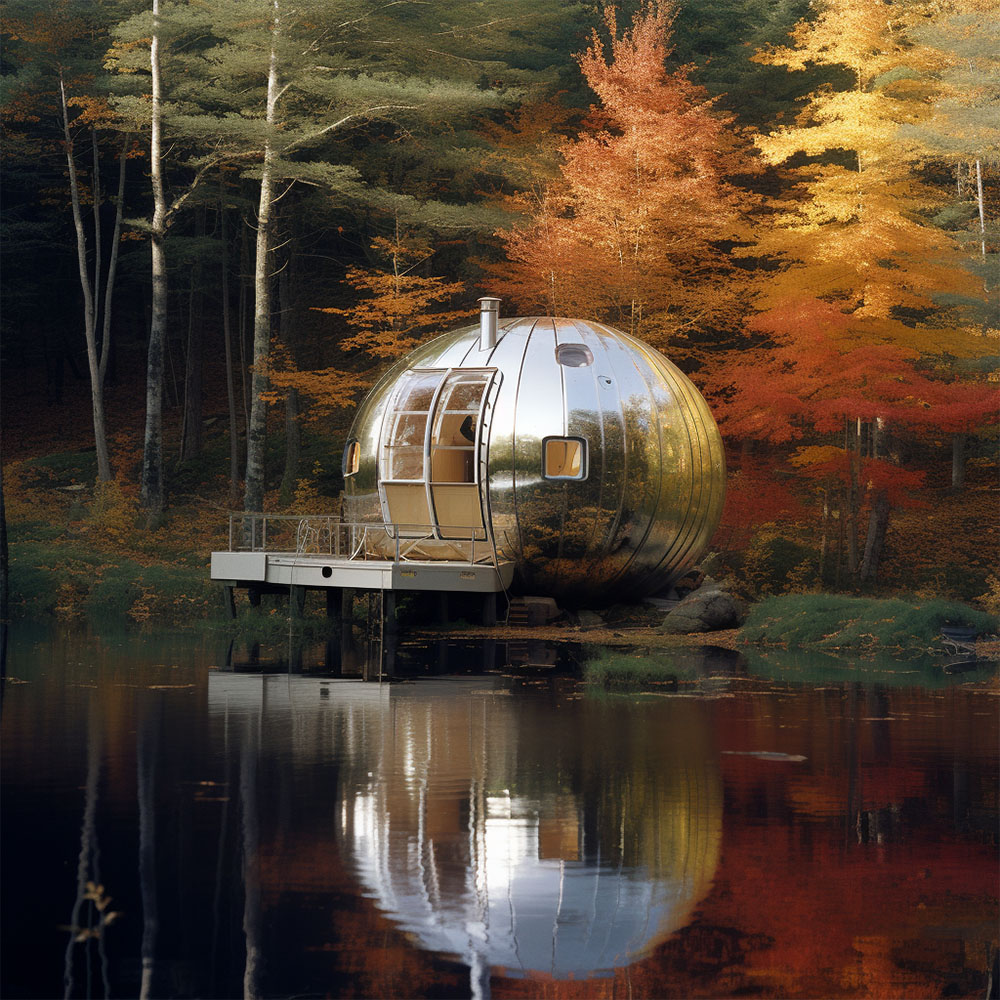



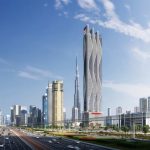
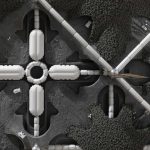








Leave a comment